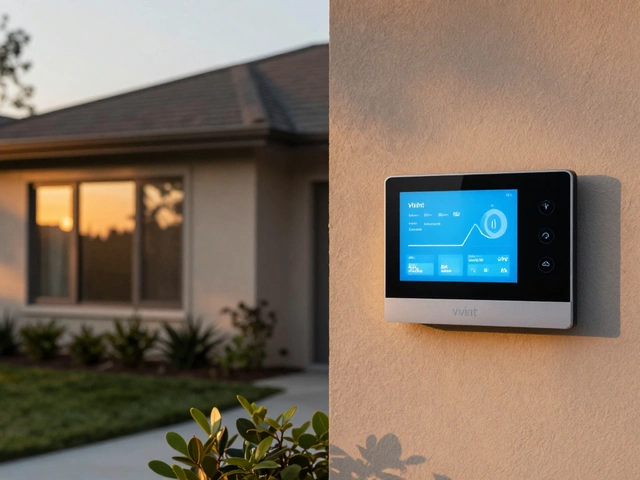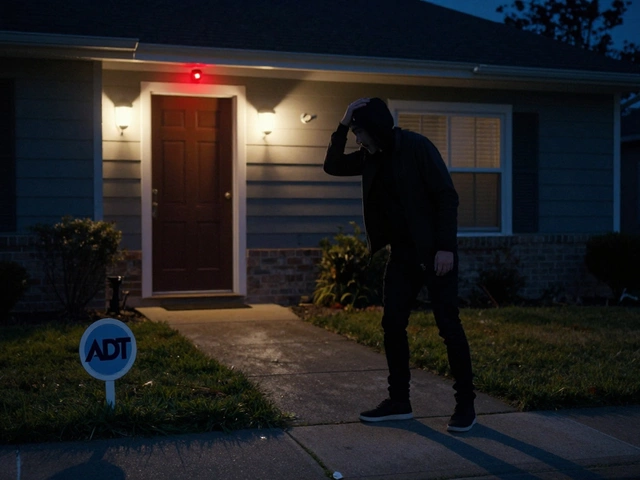Best Doorbells 2025: What to Buy, How to Install, and Why It Matters
If you’re hunting for a doorbell that actually protects your home, you’ve come to the right spot. In 2025 the market is packed with video doorbells, battery‑run units, and classic wired models. The key is picking a system that fits your wiring, Wi‑Fi, and budget. Below we break down the top choices, explain wired vs battery, and give you a quick checklist to get the job done without a headache.
Wired or Battery? The Quick Decision Tree
Most people start by asking, “Do I need to run new wires?” If your home already has a transformer (usually 16‑24 VAC) near the front door, a wired doorbell is the easiest way to keep power steady and avoid charging hassles. Wired units generally give you a longer video recording window and don’t suffer from dead‑battery surprises.
Live in a flat or a historic house where pulling wires is a nightmare? Battery‑powered doorbells shine here. Modern batteries last anywhere from 6 to 12 months, depending on motion alerts and video quality. They’re also moving‑target friendly – you can relocate the unit without rewiring.
Smart Features That Really Matter
Don’t get dazzled by flashy apps. Look for these three features first:
- Two‑Way Audio: You want to talk to visitors even when you’re not home. Good audio clips background noise and lets you hear a porch‑step clearly.
- Local Storage Option: Cloud plans add up, but a micro‑SD slot gives you backup footage if your internet drops.
- Chime Compatibility: Some units need a specific chime voltage. Check the product page for UK‑compatible chimes before you buy.
Brands like Ring, Nest, and Eufy dominate the UK market, but niche players such as Arlo and Reolink offer strong privacy‑focused options. If you’re worried about neighbors rightfully complaining about surveillance, choose a model that lets you turn off recording on demand.
Installation is usually a 15‑minute job for wired units: turn off the breaker, connect the transformer leads to the doorbell’s terminals, and mount the bracket. Battery models just snap onto the existing plate and need no tools beyond a screwdriver for the mounting screw.
Finally, keep an eye on Wi‑Fi strength. Doorbells need a solid 2.4 GHz signal within a few feet of the router. If you notice dropped connections, a simple Wi‑Fi extender can save you from missing critical alerts.
To wrap up, ask yourself these three questions before you click ‘Buy’:
- Do I have a transformer nearby (wired) or need a battery unit?
- Is two‑way audio and local storage essential for me?
- Can my Wi‑Fi handle a constant video stream?
Answer yes to the first two and you’ll land on a doorbell that protects your front porch, keeps you in control, and fits your home’s wiring quirks. Happy hunting!






